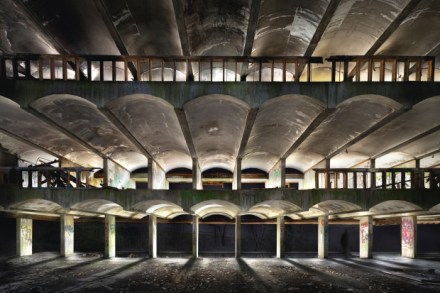Obscure object of desire
Garth Greenwell’s debut novel is as dreary and oppressive as the Soviet-era apartment buildings among which it takes place. But presumably this was intentional. Having grown up in a rural backwater where ‘disease was the only story anyone ever told about men like me’, the book’s American narrator, a teacher in Sofia, seeks to escape shame and tedium by having sex with random men in the toilets beneath the National Palace of Culture. ‘It wasn’t so much pleasure I sought as the exhilaration of setting aside restraint,’ he says: ‘a thrill so intense it was almost suicidal.’ It is here that he meets Mitko, a skinny, covetous Bulgarian whose increasingly


















